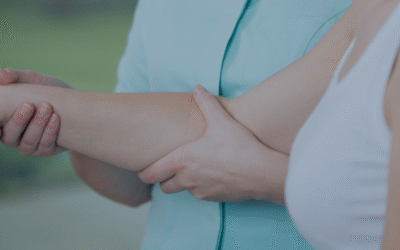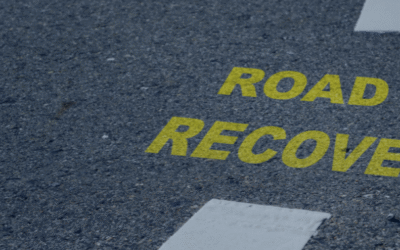Stroke recovery is a crucial journey that requires the right blend of medical intervention, rehabilitation, and emotional support. In recent years, there has been a significant shift towards facilitating quicker community reintegration for stroke patients. This approach is centred on the premise that the sooner patients can return home, the better their chances of a successful recovery. In this blog post, we examine the effectiveness of prompt discharge combined with home rehabilitation for stroke patients, supported by recent research findings. Additionally, we introduce an innovative tool that can aid in this process—the TiGO 558.
The Importance of Early Discharge and Home Rehabilitation
Research* has shown that early discharge followed by tailored home rehabilitation programs can significantly enhance the recovery process for stroke patients. A recent randomised trial highlighted several key benefits of this approach:
- Shorter Hospital Stays: Patients in the home intervention group had an average hospital stay that was 10 days shorter than those receiving usual care. This reduction in hospital time not only alleviates the burden on healthcare facilities but also fosters a more comfortable recovery environment for patients.
- Improved Community Reintegration: The study revealed that patients who received home rehabilitation showed significant improvements in their Reintegration to Normal Living (RNL) scores at one and three months post-stroke. This suggests that early discharge and home-based care can accelerate the process of reintegration into daily life and community activities.
- Maintained Functional Outcomes: Despite the shorter hospital stays, there were no significant differences in the physical health outcomes measured by the Barthel Index (BI) or the Timed Up & Go (TUG) test between the two groups. This indicates that home rehabilitation is just as effective as traditional care in maintaining physical function.
Introducing the TiGO 558: Your Partner in Home Rehabilitation
To support the home rehabilitation process, we are excited to introduce the TiGO 558—a state-of-the-art device designed to enhance the recovery experience for stroke patients.
Key Features of the TiGO 558
- Personalised Rehabilitation Programmes: The TiGO 558 offers customisable rehabilitation exercises tailored to the specific needs of each patient. This ensures that the rehabilitation process is both effective and enjoyable.
- Real-Time Monitoring and Feedback: Equipped with advanced sensors, the TiGO 558 monitors patients’ progress in real-time, providing instant feedback and adjustments to the rehabilitation programme as needed. This helps maintain motivation and ensures optimal recovery.
- User-Friendly Interface: The device is designed with an intuitive interface that is easy for both patients and caregivers to use. This minimises the learning curve and allows patients to focus on their recovery.
The combination of prompt discharge and home rehabilitation has proven to be a powerful approach in the recovery journey of stroke patients. By reducing hospital stays and facilitating faster community reintegration, this method not only benefits patients but also alleviates pressure on healthcare systems.
The TiGO 558 stands out as an invaluable tool in this process, offering personalised, real-time support that adapts to the needs of each patient. By embracing innovative solutions like the TiGO 558, we can ensure that stroke patients receive the best possible care on their path to recovery.
If you or a loved one is navigating the recovery process after a stroke, consider the benefits of early discharge combined with home rehabilitation, and explore how the TiGO 558 can support this critical journey. For more information contact us directly. Your health and well-being are our top priorities.
Research Link
Recent Blog Posts
Bridging the Gap: How to Continue Intensive Stroke Rehab After Hospital Discharge
Leaving the hospital after a stroke is a critical time. Irish researchers have identified a “discharge gap,” where many patients feel their care is “fragmented” and they lose access to therapy.
The HSE’s National Stroke Strategy is tackling this by discharging patients earlier with “Early Supported Discharge” (ESD) teams who visit you at home. The Tigo 558 is the perfect partner for this new model. It’s designed to be in your home, ready for you on day one, so there is no interruption to your recovery. It bridges the gap between hospital and home, allowing you to continue the intensive rehab prescribed by your ESD team.
The 2023 Irish Stroke Guideline Sets a New Standard for Recovery. Are You Equipped to Meet It?
This year, stroke recovery in Ireland has a new "gold standard." The new National Clinical Guideline for Stroke - adopted across Ireland and the UK - has officially raised the bar for what your recovery should look like. It's not just a document for hospitals. It has...
Exercise Therapy for Dementia: A Path to Empowerment and Independence
At Beechfield Rehab, we provide innovative solutions to support individuals with dementia. The THERA-Trainer Tigo 558 is a versatile, motor-assisted therapy device designed to improve mobility, strength, and independence.




